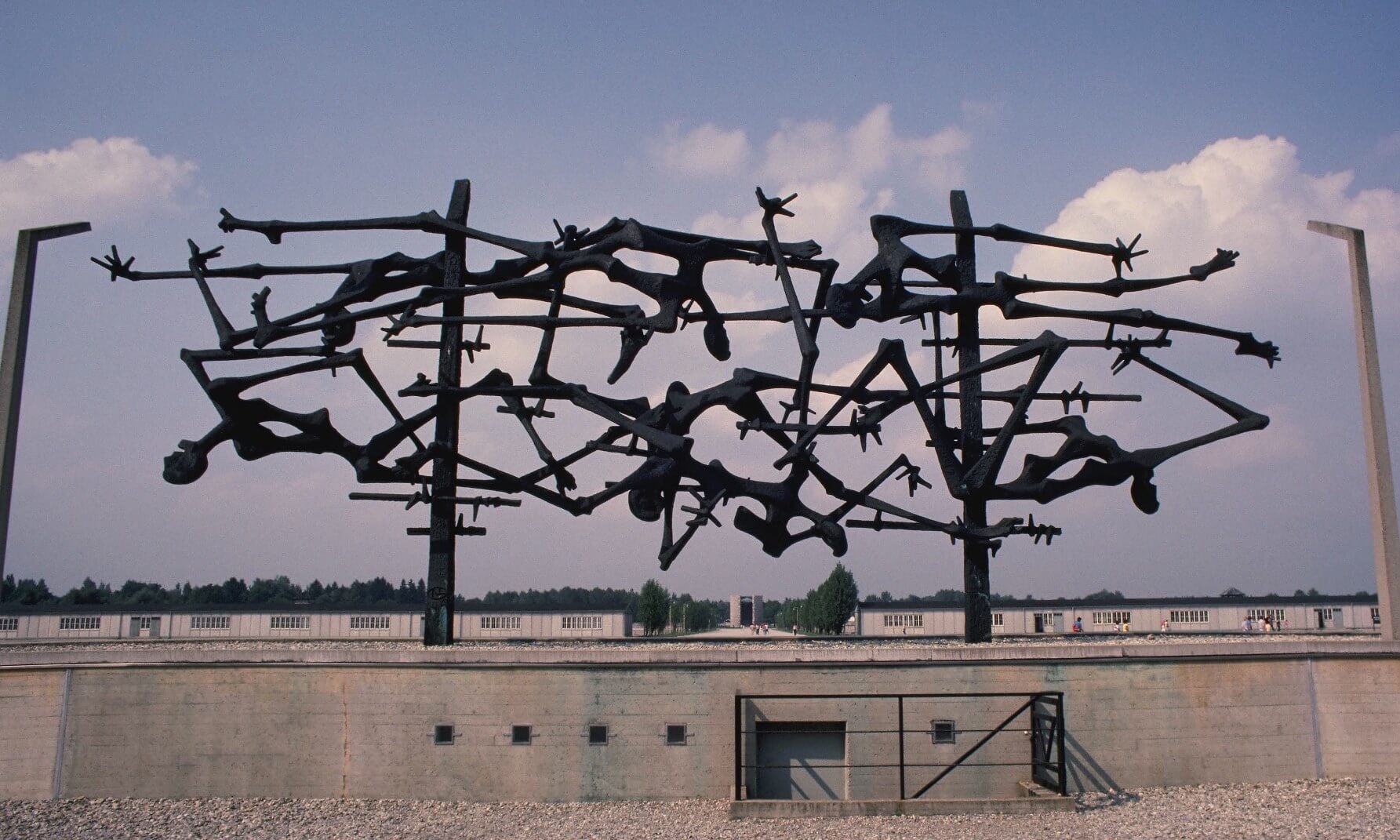The struggle for liberty is at the heart of the United States’ founding. Learn more about what led to the American Revolution and how it was won by exploring this interactive site.


The struggle for liberty is at the heart of the United States’ founding. Learn more about what led to the American Revolution and how it was won by exploring this interactive site.

In 1865, former slave Jourdon Anderson was asked to return to the farm where he had been held captive for 32 years. Read this article to learn more about Anderson’s witty, sarcastic response and to read excerpts from his letter.

Think it’s crazy that the Capulets and Montagues got so carried away with the feud between their families? Here are some examples of long-running and deadly family feuds closer to home.

The horrors perpetrated by the Nazis during World War II may be familiar to most of us, but one writer argues that we don’t really understand them.

Historians and locals celebrate the settlement of St. Augustine, which was founded 450 years ago and is the oldest city in the United States.

In Beaufort, South Carolina, people come together every year to remember the day President Lincoln read the Emancipation Proclamation. Read this brief article to see how they celebrate.

Although she died in a concentration camp when she was 15, Anne Frank’s thoughts and feelings are alive and influence many writers today. Learn about the contemporary play and the novels that are part of Anne’s legacy.

Hatred is borne from many factors, both neurological and sociological; it can lead people to seek vengeance and leaders to implement large-scale atrocities such as the Holocaust.

Where did Shakespeare get his ideas? This essay by Amanda Mabillard analyzes the sources and motivations underlying Shakespeare’s writing of The Tragedy of Macbeth.

Most people think of armies of men fighting each other during the Civil War, but women also served in various ways. Read about six female spies who worked for the Union or Confederacy.

Read about the start of the environmental justice movement, when activists protested the location of hazardous waste sites in low-income and minority communities.

Jefferson Davis never asked for a pardon for leading the government of the Confederacy in its rebellion against the United States. Statues of the Confederate president have become increasingly controversial in recent years, including one that was removed from the campus of the University of Texas in 2015.

Greek mythology is filled with impossible events and bizarre creatures, but where did the idea of a one-eyed giant come from? Archaeologists have a theory.

World War I is remembered as the first modern war, a devastating conflict that forced people to abandon sentimentality. But early in that conflict, an amazing thing happened: soldiers on opposing sides of battlefields across Europe spontaneously set down their weapons to celebrate Christmas together.

James Madison played many important roles in the founding of the nation. Explore this site to learn more about his contributions.

This segment discusses the work Jacob Riis did, the tactics he used to communicate his message, and the books others have written about him. View the images Riis took and choose a book excerpt to read.

Using modern-day technologies, a team of historians and mapmakers put together a new, interactive view of the Battle of Gettysburg. Explore the maps to get a better idea of what happened.

In this article, Damon Darlin uses the New York Times’ word usage tool to measure the language used about immigrants during different times in history. Look at the charts to see the United States’ immigration rates and the terms used to describe the people who came to the country.

Sparked by the self-immolation death of a Tunisian fruit vendor, the Arab Spring protests swept across North Africa and the Middle East beginning in early 2011. Explore this interactive timeline for a wealth of information about the protests and what they achieved.

“One sometimes finds what one is not looking for,” said Alexander Fleming, whose chance observation of a contaminated experiment led to the the world’s first antibiotic. This Smithsonian article discusses inventions and discoveries that centered on a flash of insight in a mind prepared to see what it wasn’t looking for.